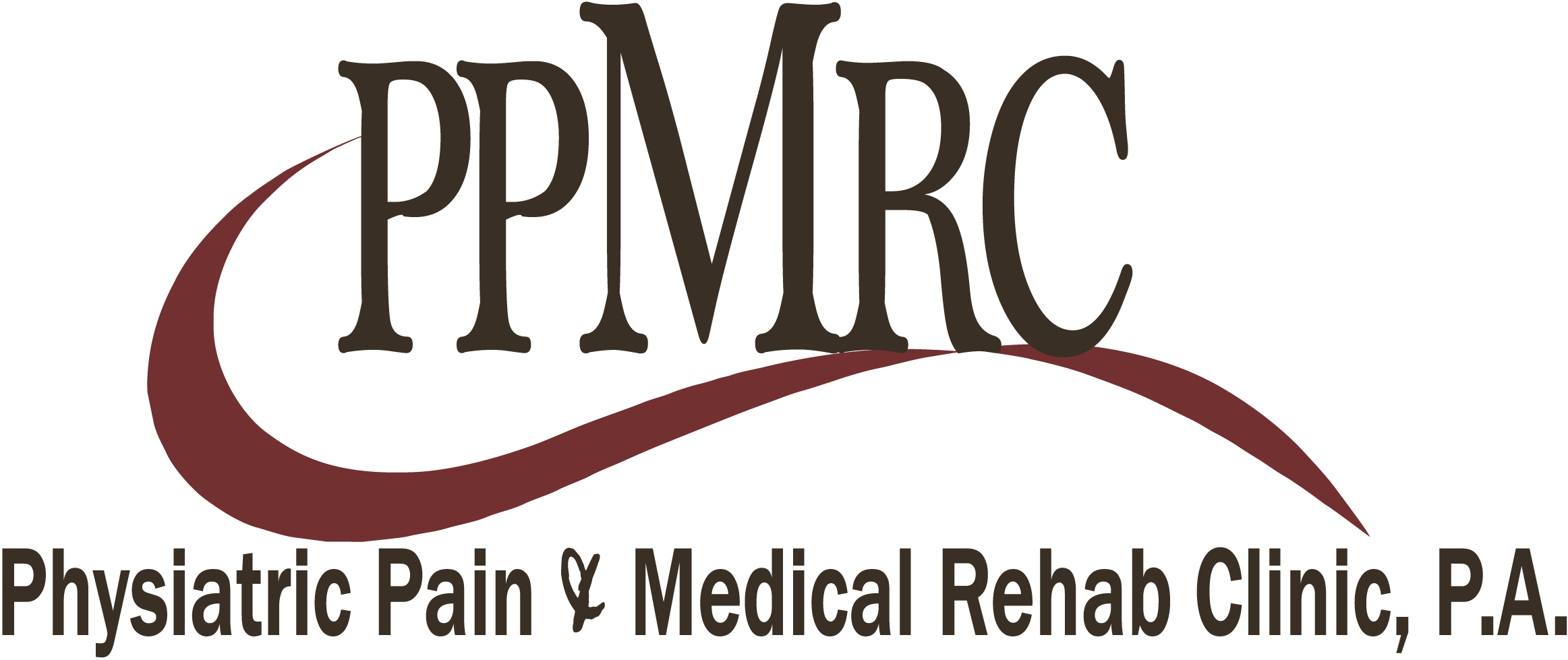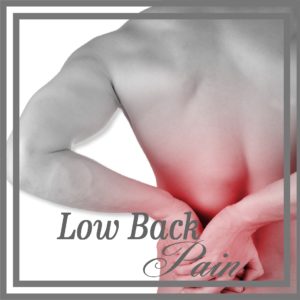Low Back Pain
COMMON CAUSES OF LOW BACK PAIN:
Low back pain is a very common pain complaint in many households. The severity of the pain can range from mild pain to relentless, excruciating in nature. It can cause severe disability, time away from work and many precious hours away from our children and grandchildren due to pain from bending, sitting, lifting while playing with them.
Receiving the correct diagnosis and initiating the right type of treatment is vital to your recovery.That is why an evaluation and treatment from a Physiatrist (PM&R) is your best bet for returning to optimum health. In addition to a thorough evaluation he will create a customized program that may include medications, heat, ice, massage, stretching and strengthening exercises and in some cases therapeutic trigger point injections to limit aggravation and to heal your pain.
Some of the common causes of lower back pain include:
-
Spondylolisthesis-“spondlo” means vertebre and “olisthesis” means sliding on a slippery surface. Typically this is slipping of one vertebra on another vertebrae causing low back pain and the possible compression of nerve roots which can lead to radicular pain and bladder and bowl problems.
-
Radiculopathy – A pinched nerve, usually from a herniated, or slipped, disk. Patients typically complain of numbness/tingling /or a shooting pain traveling down the arm or leg which is very severe and needs to be evaluated further with diagnostic testing(MRI/NCV and EMG)
-
Myofascial Pain – is a sore , aching pain in muscles that’s due to microtrauma to muscles and usually manifest as a trigger point (tender to the touch). This type of pain can occur due to deconditioning (inactivity),poor posture, sitting at a computer, performing manual labor while working in the yard, gardening, repetitive bending or lifting. Patients can also have referral pain down the leg or into the buttocks.
-
Spinal Stenosis – A narrowing of the nerve openings either around the spinal canal or nerve roots that can cause symptoms similar to a pinched nerve. It can cause leg pain in anyone, but most often does so in older people. Patients with spinal stenosis can have trouble walking, and standing and pain relief with sitting down or bending forward. It can cause aching or heaviness in the back and legs.
-
Tendon, Ligament and Soft Tissue Pain – Localized pain when an area is stretched or its muscles are overused. This results in tenderness.
-
Scoliosis -also known as a curved spine causes muscle imbalance and low back pain that can stay in the back or travel down the legs
-
Non-Spinal Causes of Low Back – Pain Pain imitating a back injury, but from another cause. Appendicitis, kidney disease, uterine disorders and urinary tract infections are a few examples of problems that can refer pain to the back.
Treatment Options:
The rehabilitation of low back problems occurs in several phases. During the acute phase, physiatrists will perform a detailed and comprehensive evaluation to ensure the diagnosis. He will order the appropriate diagnostic test and order blood work if necessary. He will provide the patient pain medications and develop a physician supervised treatment plan which treat the pain and inflammation. Treatment options are varied but may include ultrasound, moist heat & electrical stimulation, massage, hydrobed, mobilization, medication, and even specialized injections.
In the sub-acute phase or recovery phase of treatment, The physiatrist attempts to improve flexibility and strength by implementing a structured and medically supervised stretching and strengthening exercise program aimed at decreasing pain and improving quality of life. The goal of this phase is to get you back to your usual work, and leisure activities.
The main goal of the third phase of treatment, the maintenance phase, is to minimize recurrence of the problem and to prevent further injury. This often consists of a total body fitness program, designed to maintain body mechanics and increase endurance after the original symptoms have resolved. and a home exercise program to ensure continued pain relief.


